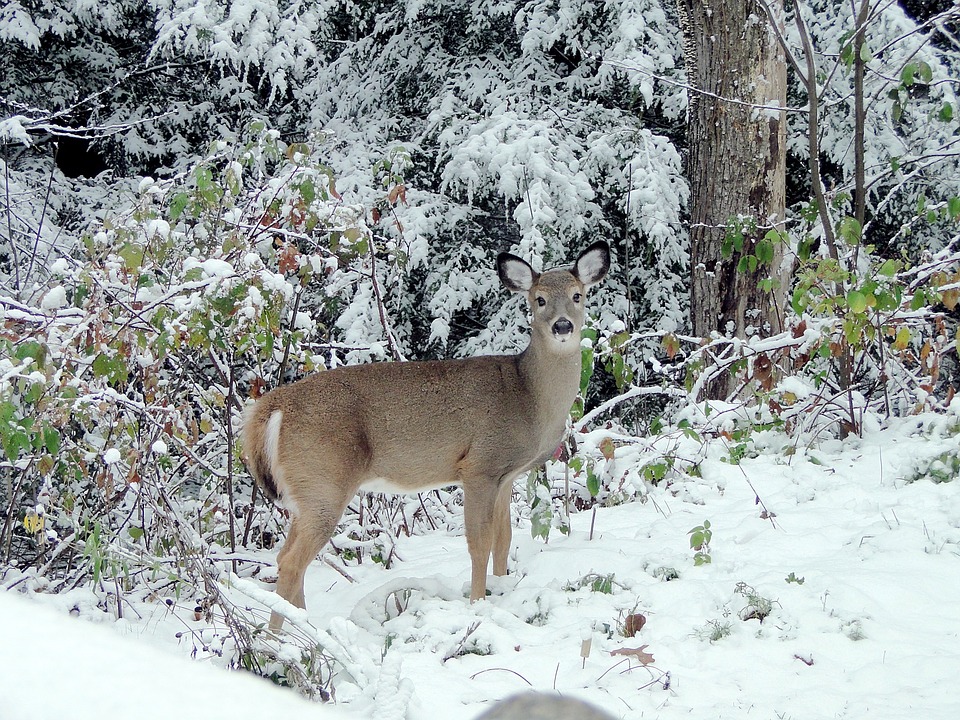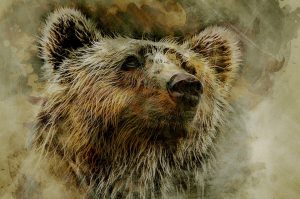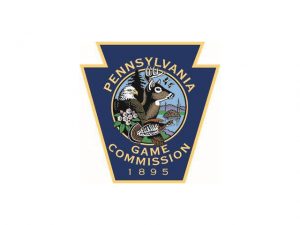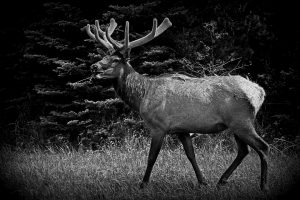Just eleven days into the month of January and the state of North Dakota has already been subject to frigid temperatures and heavy snowfall.
“We’re close to being on pace with the winters of 1996-97 and 2008-09, and when you mention those two years, I just cringe because they were bad for wildlife,” Terry Steinwand, director of the North Dakota Game and Fish Department told Inforum.
With blizzards passing through western portions of the state last week and the accumulated snow from previous storms, the state’s Game and Fish Department is concerned for the health and safety of wildlife.
With harsh winter conditions, often come the conversations and questions many residents have about feeding wildlife in an attempt to help them through the winter.
“The Department does not promote winter feeding and does not have a winter feeding program,” Kading said. “We recognize that many people care deeply about wildlife and it can be difficult to watch nature play out, but feeding operations, good intentions and all, can actually do more harm for wildlife than good.”
While the sentiment is often good in nature, the reality is that winter feeding does not benefit entire populations and can cause a variety of problems such as congregating animals, depradation and potential spread of disease.
“Poorly conducted feeding operations can actually kill more animals than what they are intended to help,” Kading said. “For example, feeding animals on or near roadways can lead to wildlife-vehicle collisions. Providing feed such as corn, which is high in sugar and starch, can lead to acidosis, rumentis and ultimately death. And even individuals with the best of intentions, who start feeding wildlife early in winter, often end up quitting due to the amount of time and expense required, which can result in the loss of animals that become dependent on the feed.”
In addition to advising against feeding wildlife during the winter months, state officials are also asking snowmobilers to stay clear of any wildlife and the wintering habitat they prefer. Adding undue stress to animals during this time of year can prove to be extremely detrimental to the population.
With this year’s ample snowfall, it is finally allowing state biologists the opportunity to conduct aerial flight surveys, something they have not been able to complete because of the lack of snow in years past.
“We’ve been able to do little piecemeal flights here and there, but nothing on a broad scale for probably about four years now,” Jensen said. “Sometimes, we’ll get 6 inches of snow and it looks pretty white out, but you get up in a plane and there’s a lot of brown and black patches where you just can’t see the deer. But this year, with the combination of heavy snows and wind, then followed up with more snow, we should be in real good shape.”
RELATED: Group of Teens Stab and Suffocate Whitetail – North Dakota Officials Looking for Information




